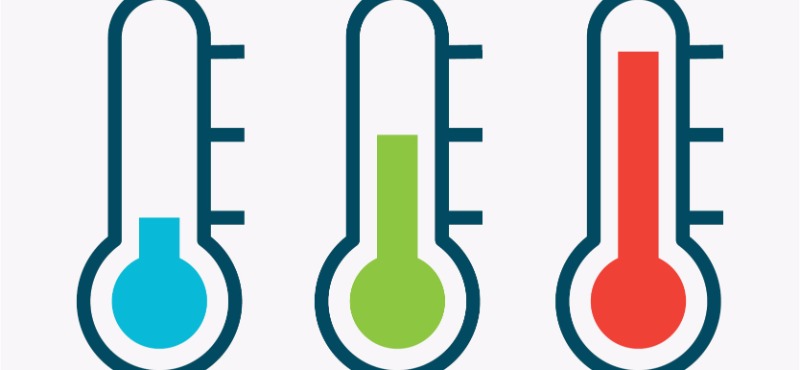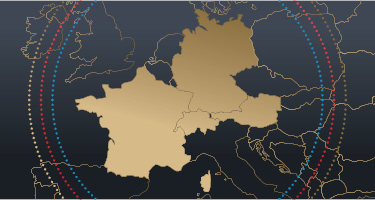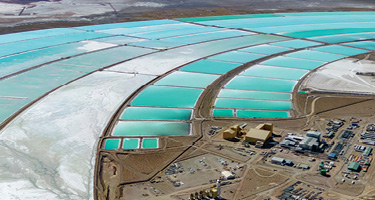The 21st Conference of Parties (COP 21) to the UN Framework convention on climate change managed to gather 195 nations to discuss a new universally legally binding global climate deal for the first time in history. Not without difficulty, the Paris Agreement was finally adopted on December 12, 2015. The agreement is aimed at holding the increase in global average temperature below 2 degrees Celsius above pre-industrial levels and recognizing that the issue represents “an urgent and potentially irreversible threat to human societies and the planet and thus requires the widest possible cooperation by all countries.”
The Paris Agreement came into effect in November 2016. So far, 160 parties have ratified it. This is the culmination of more than 35 years of international work to fight climate change at a global level through both domestic action and international cooperation.
On June 1, 2017, just a few months after the entry into force of the Paris Climate Agreement and pursuant to President Donald Trump’s pre-electoral promises, the U.S. withdrew from the agreement.
Without the commitment of the earth’s second-largest polluter, will the other parties continue putting additional efforts into tackling climate change? Will their efforts be enough to reach the objectives of the agreement?
At their meeting in Hamburg, Germany, on July 7–8, 2017, G20 leaders adopted a declaration in which they took note of the decision of the U.S. to withdraw from the Paris Agreement and reaffirmed their position that “the Paris Agreement is irreversible.” In fact, in recent weeks, the heads of state of many countries, including some of the largest polluters such as China, India, and Russia, had almost individually reaffirmed their commitment to the Paris Agreement. Only Turkish President Erdogan declared at the end of the summit that Turkey will not be ratifying the Paris Climate Accord.
The united front of the G20 for climate change reinforces environmental protection and sounds like the rest of the world will stay the course. Many countries are already setting a good example and demonstrating their will to respect their climate engagement and even surpass it. Even on the other side of the Atlantic, some civil society actors are mobilizing against the U.S. government’s decision. Major international corporations and cities publicly encouraged Trump to stay in the accord. Michael Bloomberg, the former New York City mayor, and Jerry Brown, the California governor, launched America’s Pledge on climate change on July 12, 2017, a new initiative to compile and quantify the actions of states, cities, and businesses in the United States to drive down their greenhouse gas emissions consistent with the goals of the Paris Agreement.
In Europe, at the beginning of July, the French Environment Minister Nicolas Hulot laid out France’s new ambitious “climate plan” in order to meet the targets of the Paris Climate Agreement and become carbon neutral by 2050. Emmanuel Macron also announced that France is going to organize an international summit in Paris in order to “mobilize private and public funding” and identify the concrete projects that must be sustained on December 12, 2017. By doing so, France encourages other states to act likewise and reinforce their engagement toward environmental protection.
Despite the U.S. abandoning the deal, the involvement of international global powerhouses and the commitment of U.S. subnational authorities seem to be a step in the right direction for the fulfillment of the Paris Climate Change Agreement.
































